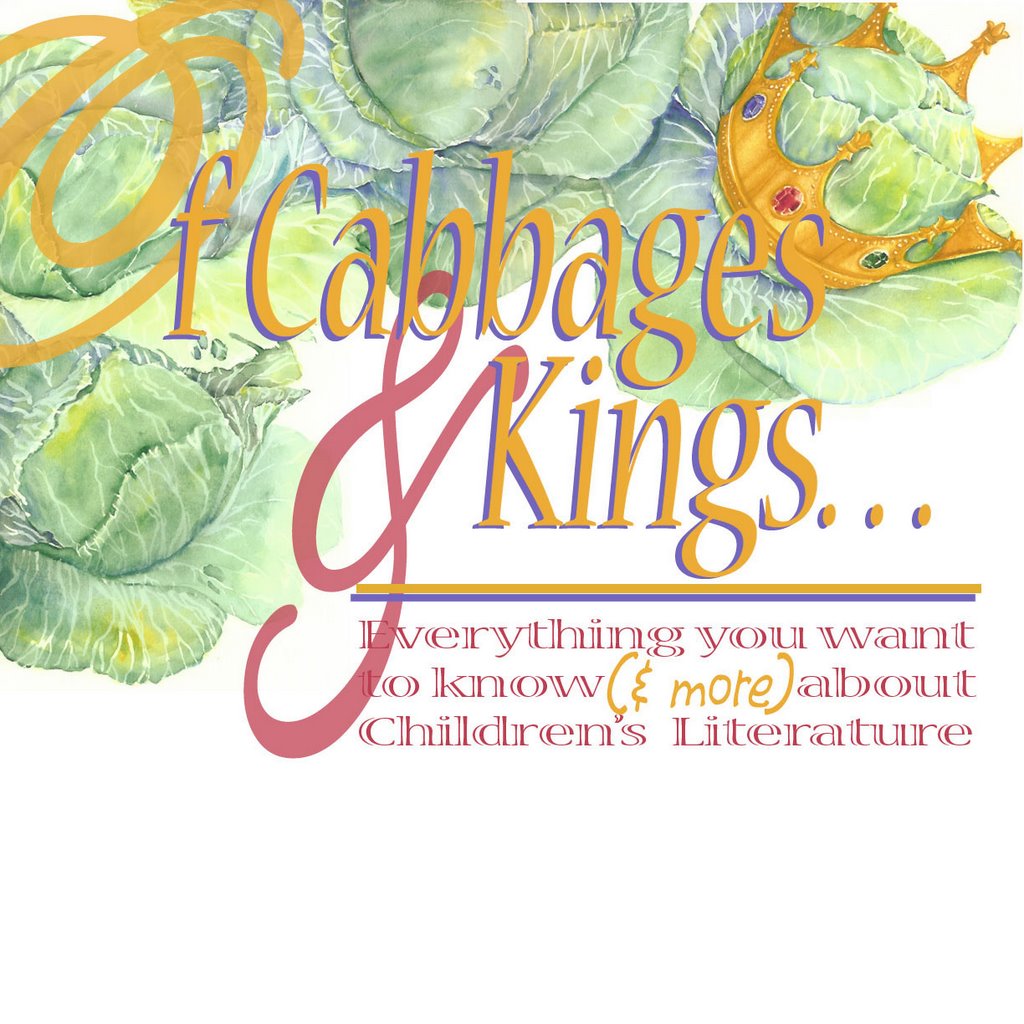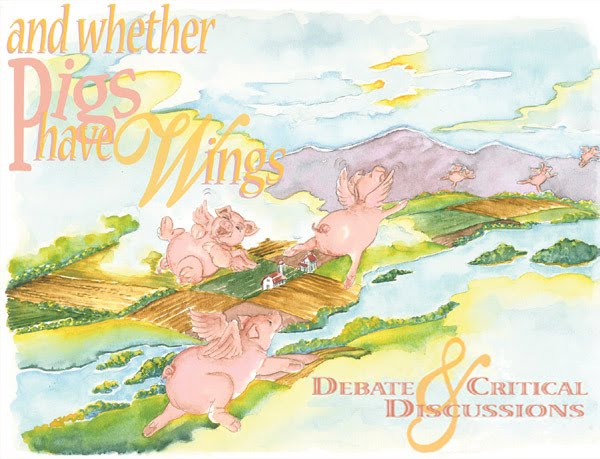 So, to complete my previous thought (post), I will venture to guess that a good portion of the public today does not know that the rhyme, "Something old, something new, something borrowed and something blue" ends with the following line:
". . . And a silver sixpence in my shoe."
The Gardener by Sarah Stewart with illustrations by David Small, received the 1998 "Silver" Caldecott Honor Medal for illustration and is worthy of planting in front of any child reader.
So, to complete my previous thought (post), I will venture to guess that a good portion of the public today does not know that the rhyme, "Something old, something new, something borrowed and something blue" ends with the following line:
". . . And a silver sixpence in my shoe."
The Gardener by Sarah Stewart with illustrations by David Small, received the 1998 "Silver" Caldecott Honor Medal for illustration and is worthy of planting in front of any child reader.
The final line in the old street rhyme above sounds almost like a bonus line, so my bonus book review for you will be a book with a “silver sixpence” or “silver medallion” on its cover—an award winner . . . and one that will fit the “summer” theme well, with gardening as its focus.
 Since my father's sister was sent to be raised with her aunt during the Depression to help out during tough times, I felt a sense of kinship to this story. Set in the 1930s Great Depression era, The Gardener features a young country girl, Lydia Grace, who shares a name and a green thumb with her beloved grandmother. When her parents send her to stay with her Uncle Jim to help out in his bakery in the city to ensure that she gets fed while her father is out of work, Lydia Grace takes a handful of seeds and her own eternally optimistic attitude along with her. The story is told only through letters that Lydia Grace writes home telling of the friends she makes, the plants she grows, the window boxes she fills, and of her secret mission to get Uncle Jim to smile. The story is strong and the words poignant enough to spur readers of this book to seek out other picture books by Sarah Stewart, such as The Library, The Journey, The Money Tree, and one of my personal favorites, The Friend. For information on other picture books by Sarah Stewart (married to David Small) and a bit of a biography and insight into her motivations, visit: http://www.pippinproperties.com/authill/stewart/
Since my father's sister was sent to be raised with her aunt during the Depression to help out during tough times, I felt a sense of kinship to this story. Set in the 1930s Great Depression era, The Gardener features a young country girl, Lydia Grace, who shares a name and a green thumb with her beloved grandmother. When her parents send her to stay with her Uncle Jim to help out in his bakery in the city to ensure that she gets fed while her father is out of work, Lydia Grace takes a handful of seeds and her own eternally optimistic attitude along with her. The story is told only through letters that Lydia Grace writes home telling of the friends she makes, the plants she grows, the window boxes she fills, and of her secret mission to get Uncle Jim to smile. The story is strong and the words poignant enough to spur readers of this book to seek out other picture books by Sarah Stewart, such as The Library, The Journey, The Money Tree, and one of my personal favorites, The Friend. For information on other picture books by Sarah Stewart (married to David Small) and a bit of a biography and insight into her motivations, visit: http://www.pippinproperties.com/authill/stewart/ David Small's illustrations for The Gardener feature his signature loose ink outlines, with soft washes of textured color that capture both the darkness of life in the Depression and the light and color that were still there for those who were willing to work to plant and nurture it. His free style keeps his illustrations fresh, while still effectively imparting authentic period details.
Sarah Stewart's picture books invariably feature her husband David Small's artwork. Not only did they receive the 1998 Caldecott Honor Medal for The Gardener, but David Small received the 2001 Caldecott Medal for So You Want to be President? He has created over 30 childrens books, including, So You Want to be an Inventor? His editorial drawings regularly appear in such venues as The New Yorker, GQ, The Washington Post and The New York Times. For more information about David Small visit: http://www.fsgkidsbooks.com/authordetails.asp?ID=Small.
An interesting biography revealing some early childhood influences on his art and development is available at: http://www.nccil.org/small.html.
Sarah Stewart and her husband, David Small, currently live in a historic house on the St. Joseph River in Michigan with their Airedale, Simon, and their cat, Otis.
As for the rhyme quoted above, I explored it on the post entitled "Something Old, Something New, Something Borrowed . . . ," however, I will reprint it here for those who have not read that entry (which will still be worth checking out for the book reviews it explores in conjunction with the rhyme). This well-worn rhyme is at least as old as Victorian times and perhaps older; and it may have English or Puritan origins. In an 1894 edition of The Warren Ledger, a Pennsylvania newspaper, this rhyme was listed as a “Puritan Marriage Custom.” It recites items a bride should carry with her during the marriage ceremony for good luck in her marriage. Carrying something old emphasizes the valuable support of old family and friends as a new marriage is begun; carrying something new is a reminder of the help that new family and new friends can be in the new marriage; carrying something borrowed is a reminder that the newly married must not be afraid to “borrow” support and help when they are in need and it also refers to a token often borrowed from a particularly happy or fortunate already-married couple to help bring similar happiness and good fortune to the new couple; carrying something blue probably refers back to the historical meaning of the color blue. In ancient Rome brides wore the color blue to represent modesty, faithfulness and love. Blue came to represent purity when Christianity consistently showed the Virgin Mary dressed in blue. Blue was a popular color for wedding gowns before the late Victorian age, as is shown by proverbs like “Marry in blue, lover be true.” Finally, referring to the final line of the rhyme, the sixpence is a silver coin worth six pennies that was in use in Britain from 1551 to 1967. It was also minted in Maryland, USA in about the same period. This part of the rhyme might trace back to an old Scottish custom where the bridegroom put a silver coin under his foot for luck, or another, where the father of the bride placed the sixpence in his daughter’s shoe to attract wealth in her marriage—the left shoe supposedly produced the most luck. Although sixpences are no longer minted, some companies produce keepsake sixpences specifically for use in weddings, as you can discover at www.silver6pence.com/. For an image of an English sixpence see http://www.english-hammered-coins.com/hammered_coinage/coins_of_elizabeth_i/1588-sixpence.htm.





